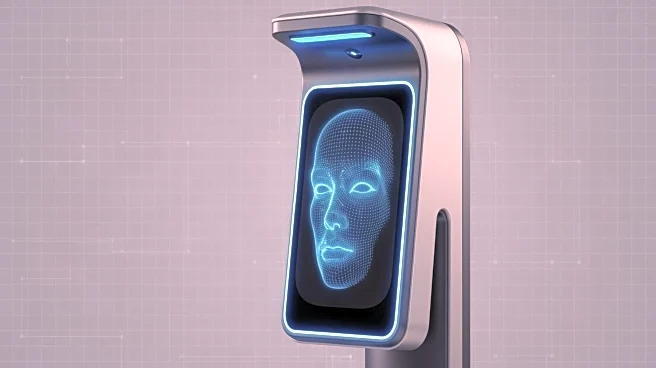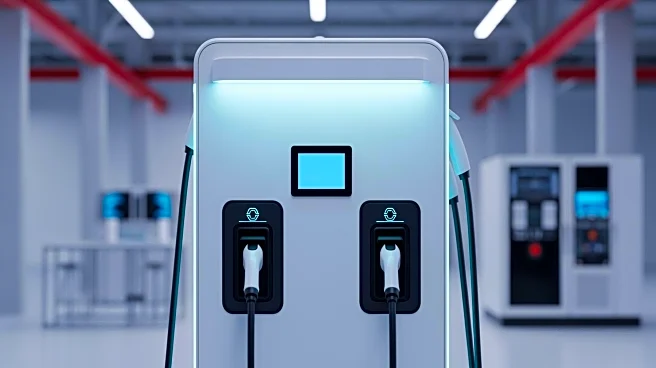What's Happening?
Tinder announced the expansion of its facial-verification feature, Face Check, to new users in the U.S. The feature requires users to verify their identity with a video selfie, creating a 3D scan to match profile pictures and detect impersonation. Verified
users receive a badge on their profiles, enhancing trust and safety. The initiative aims to reduce exposure to bots and fake accounts, addressing safety and privacy concerns that have led to a decline in Tinder's user base. Face Check is already active in California, Colombia, Canada, and several other countries.
Why It's Important?
The expansion of Face Check reflects Tinder's efforts to enhance user safety and restore trust in its platform. By reducing impersonation and fraudulent profiles, Tinder aims to improve user experiences and address privacy concerns. This move is crucial for retaining users and boosting revenue, as the company faces challenges in monetizing its user base. The initiative also aligns with broader industry trends towards increased security measures in online dating apps.
What's Next?
Tinder plans to roll out Face Check to additional U.S. states and other Match Group dating apps in 2026. The company may continue to refine its verification processes, potentially incorporating new technologies to further enhance security. As Tinder addresses safety concerns, it may influence industry standards for user verification and privacy protection.
Beyond the Headlines
The implementation of facial verification raises ethical considerations regarding privacy and data security. While it enhances safety, it also involves collecting sensitive biometric data, prompting discussions on the balance between user protection and privacy rights. The initiative may lead to broader debates on the ethical use of facial recognition technology in consumer applications.














